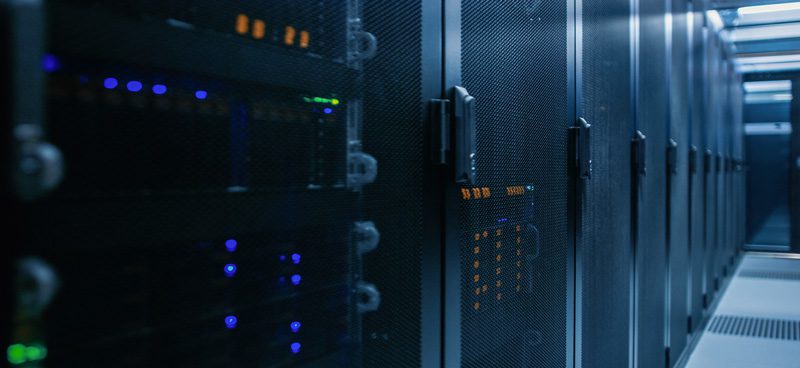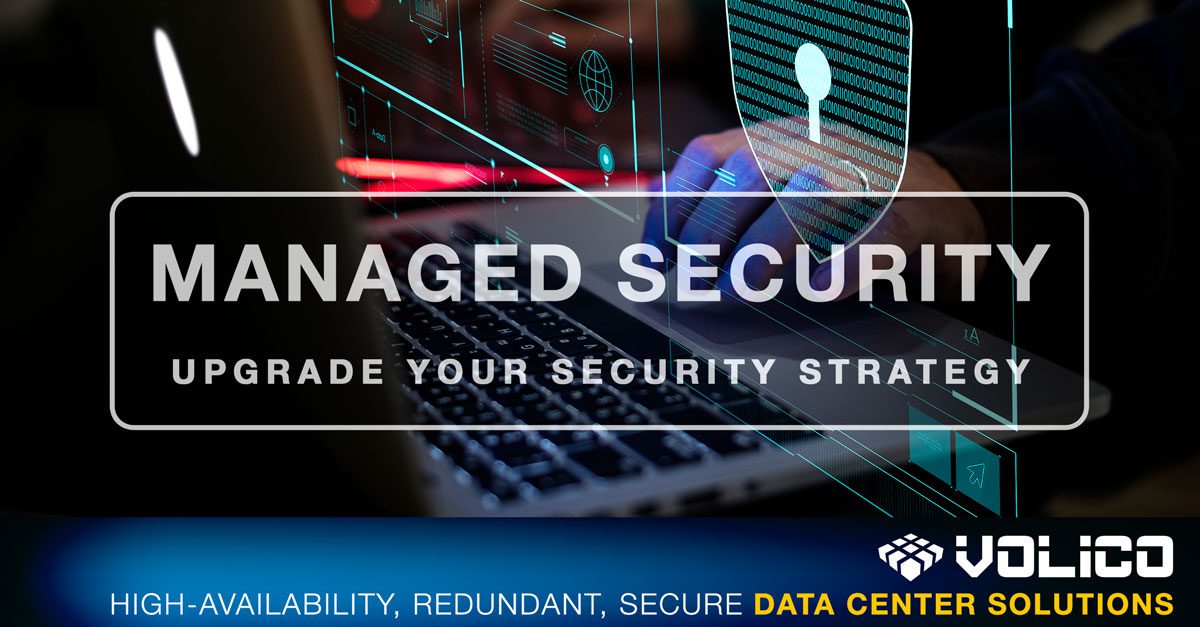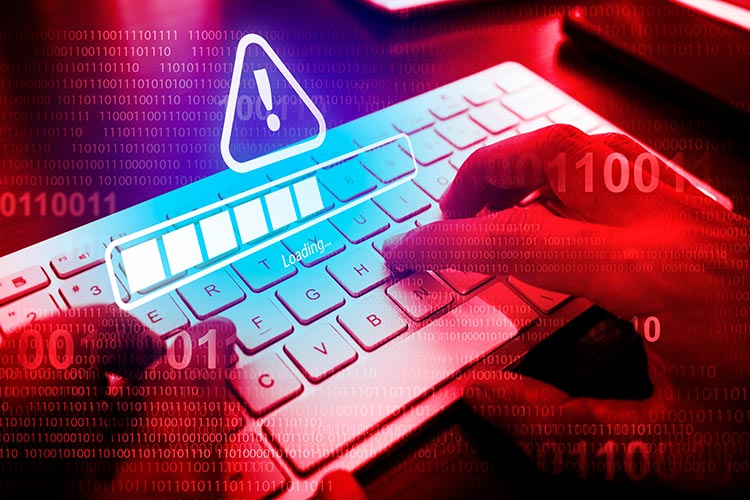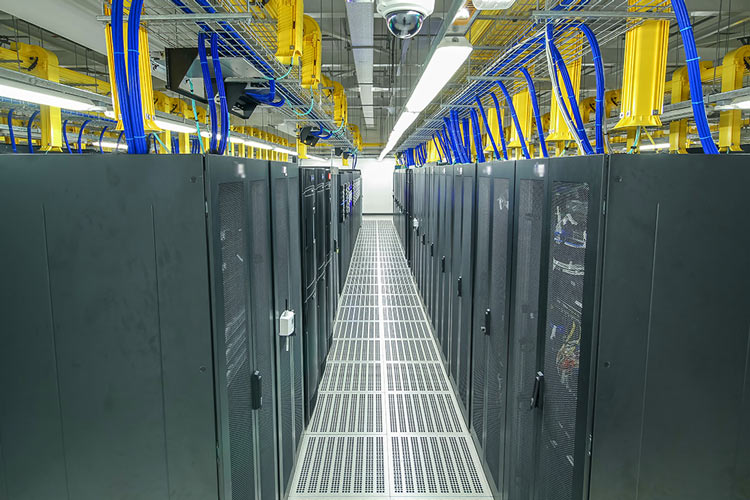Data breaches can cost businesses a lot of money – or, in worst-case scenarios, they can lead to a complete wreck. In 2024, the global average cost of a data breach is $4.88 million U.S. dollars, while the average cost of a United States breach is calculated at $9.36 million, according to Statista.
There’s a broad range of different methods breachers use, some of them are taking advantage of new technologies like AI to create the most credible frauds, however, most of their strategies still use age-old techniques, like ransomware and phishing.
If you’re thinking, “Ok, but what do data centers have to do with data breaches?” your question is legit because most attacks have nothing to do with the data centers themselves. They are more likely the result of software vulnerabilities exploited by threat actors. And, while data centers aren’t very often the direct cause of data breaches, there are a few things operators can do, without which preventing or keeping an already ongoing attack under control is nearly impossible.
This article explores best practices data centers can implement to improve security on all levels and help organizations protect themselves against threats growing both in numbers and sophistication.

What Can Data Centers Do To Mitigate the Risks of Data Breaches?
There are a few key areas where data centers can work to provide better protection and ensure a fast recovery process. These are the following.
1. Heightened Physical Security Controls
Security starts at the physical level. Data center operators know this and are also aware that sometimes breaking into a data center building is the easier path to stealing data than having to grapple with intricate software systems. Because of this, strong physical security measures at all levels of the data center are the first line of defense against data breaches.
Many data centers approach physical security in four layers: perimeter protection, facility controls, computer room controls, and cabinet controls. Each of these ensures a barrier and helps to detect, delay, and contain attacks. Perimeter protection helps to detect suspicious activity and identify intruders with the help of video surveillance systems. Facility controls include access control systems working with access cards or biometrics. Server rooms have another layer of biometric identification, typically in a separate cluster for additional security. And lastly, cabinet controls offer a final layer of protection right at the server cabinets.
These physical security measures can help reduce the risk of someone gaining access to the data center perimeter and tampering with equipment.
2. Putting a Focus on Network Infrastructures
The better the network infrastructure, the more protection it can offer against attacks. Performant networks can handle large amounts of data in shorter timespans and facilitate automated failover strategies if a ransomware attack happens. Data breaches can’t be prevented solely by having a well-maintained, high-performing network, but they can make a significant difference when it comes to recovery. Knowing this, periodical network modernization and first-class interconnects from data center operators can provide the support and infrastructure needed to shield off future data breaches successfully.
3. Network Isolation for Increased Protection Against Data Breaches
Also known as “air-gapping”, network isolation is a security measure that confines a computer or network from external connections to protect critical infrastructure from being compromised remotely. Separating the networks or systems can happen physically, by completely disconnecting from external networks or the internet, or logically by specialized software, firewalls, VLANs, or special network configurations. Air gapping provides high security for the contained workloads; however, it can come with some challenges for organizations wanting to manage their workloads remotely.
4. Managed Backup Solutions
Just like a well-performing network, backups can also be crucial after an attack. Backups provide a way to restore lost or compromised data and are crucial to recovering and resuming operations as quickly as possible. Up-to-date backups help organizations minimize the damage of data breaches and reduce downtime.
In case an organization falls victim to a ransomware attack, backups can be a lifeline: they make it possible to restore data without paying the ransom to the attackers.
Many industries have regulations that require backups for security and compliance purposes as well. Data center operators can help mitigate the risk of data breaches by offering managed backup services, which basically is a managed service, putting the operator in charge of ensuring that their customer’s crucial data is always backed up and stored securely.
5. Performing Employee Background Checks and Education
Conducting thorough background checks is a common and necessary best practice to prevent data breaches linked to insider threats. Vetting employees sheds light on a possible history of criminal activity or behavior that can become a security hazard.
Insiders are not very often threats or malicious infiltrators, however humans do produce errors, too, that can become the source of a data breach. Because of this, ensuring that employees have the necessary skills and expertise or eventual certifications reduces the risk of errors and intentional breaches. Careful screening can help prevent organizations from accidentally hiring people with malicious intent or posing a risk of becoming a threat down the line.
Vetting processes often include security training, which ensures that employees understand security protocols and know how to respond in case an attack situation occurs.
Stay Safe From Data Breaches With the Help of Your Data Center Operator
Every organization is responsible for implementing protocols and investing in controls that can help mitigate the risks associated with data breaches. An incident is not only costly but can disrupt operations for extended periods, causing revenue and reputation loss. The priority, of course, is to address the primary source of breaches, which are software vulnerabilities. What data centers can offer in plus is fortifying the security posture of an organization by providing key security features that help prevent an attack. When an attack has already occurred, data center operators are ready with recovery strategies that help reduce the time it takes to get operations back to normal.
On top of its best-in-class disaster recovery and business continuity services, Volico Data Centers offers a range of managed security services with a managed firewall and unified threat management as options. Combined with our high-performance network solutions, managed backup, and outstanding physical security features, these offer a comprehensive approach to security and protection against a growing number of data breaches.
If you have any questions or want to learn more about how we can contribute to keeping your data safe, contact a member of our team at (305) 735-8098 or drop us a message in chat.









